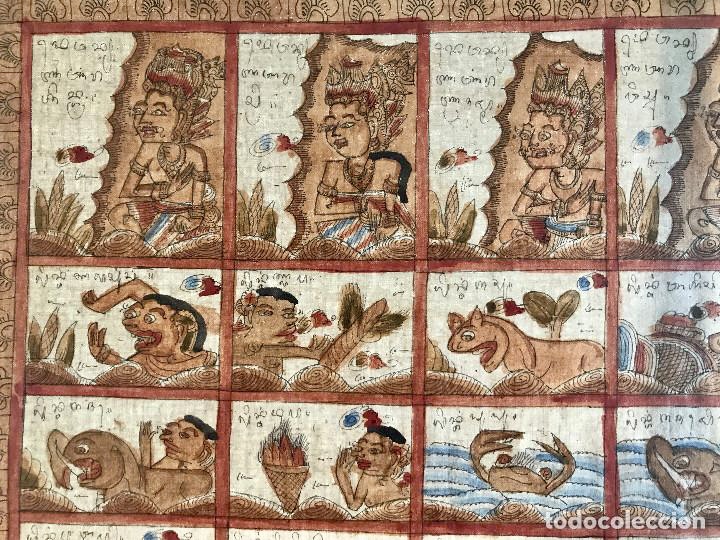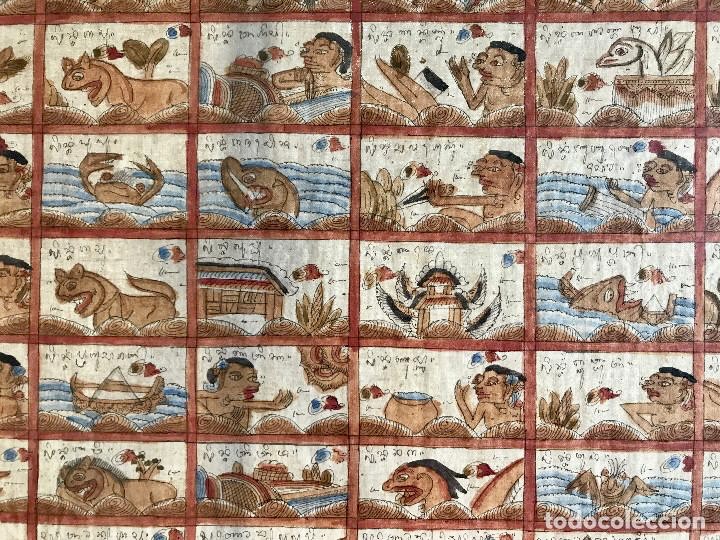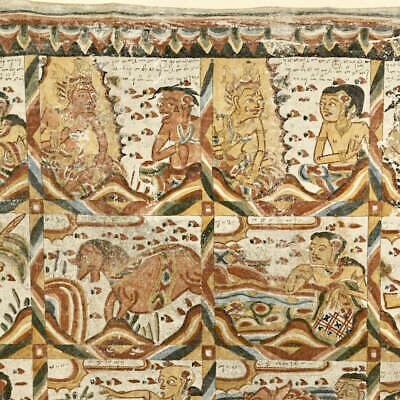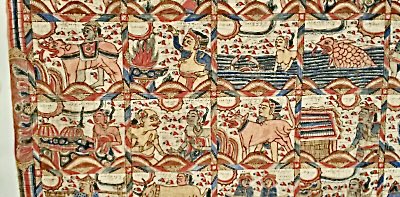Background info: Bali has thousands of Hindu temples, big and small. Like India, a Bali “temple” does not need to be the structural equivalent of a church or other house of Worship.. What looks like a large diorama (remember that sideway shoe box recreations you made in grade school?), those large dioramas can serve as Hindu Temple, in Bali or India. Mind you, Bali has PLENTY of beautiful temples that you can walk into, church-size or bigger, but most Temples are open air. They have very ornate ceilings and roofs — dripping with gold, architectural curlicues and flange roofs — but commonly have limited sidings, like none.
Anyhow, Bali culture is filled with ceremonies. There are many, many ceremonies that take up a significant amount of time, money, effort and energy – personal, family and public ceremonies — full-time day or multi day or part-time full or multi day. And a lot of ceremonies are based on the traditional Bali calendar.
The large number of ceremonies/rituals and the need for many temples are connected with the traditional Bali Pawukon Calendar. This calendar is chock-a-block filled with Balinese symbols, shibboleths and cyclical rhythms
The Bali Pawukon Calendar
I barely understand it — Wikipedia says it better:
*****************************************
“The
Pawukon is a 210-day
calendar that has its origins in the
Hindu religion in
Bali,
Indonesia. The calendar consists of 10 different concurrent weeks of 1, 2, 3, 4, 5, 6, 7, 8, 9, and 10 days. On the first day of the year it is the first day of all the ten weeks. Because 210 is not divisible by 4, 8, or 9 – extra days must be added to the 4, 8, and 9 day weeks….”
******************************************
Thus, all ten different weeks are cycling through at the same time for 210 days. You have 21 ten day weeks running at the same time period you have, let’s say 42 five day weeks at the same time you have 105 two day weeks.
Every single day is part of ten different week cycles running simultaneously. Every day of every cycle has its own unique name for that cycle. Thus, every day has ten different names (but the names repeat, of course), except the week cycle with one day only — then in that cycle every day is called “luang” and that name repeats 210 times a year.
How does this crazy quilt calendar affect the ceremony cycles? A lot of these calendar days have rituals attached or at least “ritual values” Honestly, I just read the first paragraph of this section below from Wikipedia and glazed over on the second paragraph. I enclose this complete short section, both paragraphs, just to give you the flavor of this calendar in action:
******************************************
“….Each of the days of the five, seven, and ten day weeks has a urip, or ritual value. For the ten-day week, the urip of the days are – from the first day to the tenth day – 5, 2, 8, 6, 4, 7, 10, 3, 9, 1. For the seven-day week, the urip of the days are – from first day to seventh day – 5, 4, 3, 7, 8, 6, and 9. For the five-day week, the urip of the days are – from the first day to the fifth day – 9, 7, 4, 8, 5. [emphasis added ZVC]
For any particular day of the Pawukon, add the urip of the day of the 5-day week to the day of the seven-day week and then add one – if the sum is more than ten, then ten must be subtracted from it. This calculated value determines which day of the week it is in the 1-, 2-, and 10-day weeks. If the calculated value is even, then the day is Pept in the two-day week and Luang in the one-day week. But, if the calculated value is odd then the day is Menga in the two-day week and is not a day of the one-day week. The day in the ten-day week is the one for which the calculated value matches its urip …”
******************************************
I have been looking into the meaning and function of “urip” Trust me, urip is more complicated than the Pawukon calendar. IF you want me to send you more about “urip”, let me know. Urip is not a ceremony but ritual functions. And just the amount and density of ritual functions gives insight into the larger, more extensive ceremonies and how they crowd the calendar.
Helpful Insights:
No. 1: I compare the Bali calendar and our Gregorian calendar to electrons orbiting the nucleus of an atom. Gregorian atoms have one electron. It takes 7 days for that electron to circle the nucleus and make up a week. The Bali Pawukon calendar has 10 electrons that all whirl around in circles with different diameters. The electron closest to the nucleus complete it’s orbit in one day. The other nine electrons farther from the nucleus take longer to complete their orbits —the farthest electron takes 10 days total to circle the nucleus. I see the Bali electrons as having different pathways in their orbits to create a shell of orbiting calendar electrons. This compares to the single Gregorian electron looping around the nucleus by itself. [I am aware that this model of orbiting electrons is not really accurate of what goes on inside an atom — but we all know this electron shell model]
No. 2. Here are hoary depictions of the Bali calendar:




